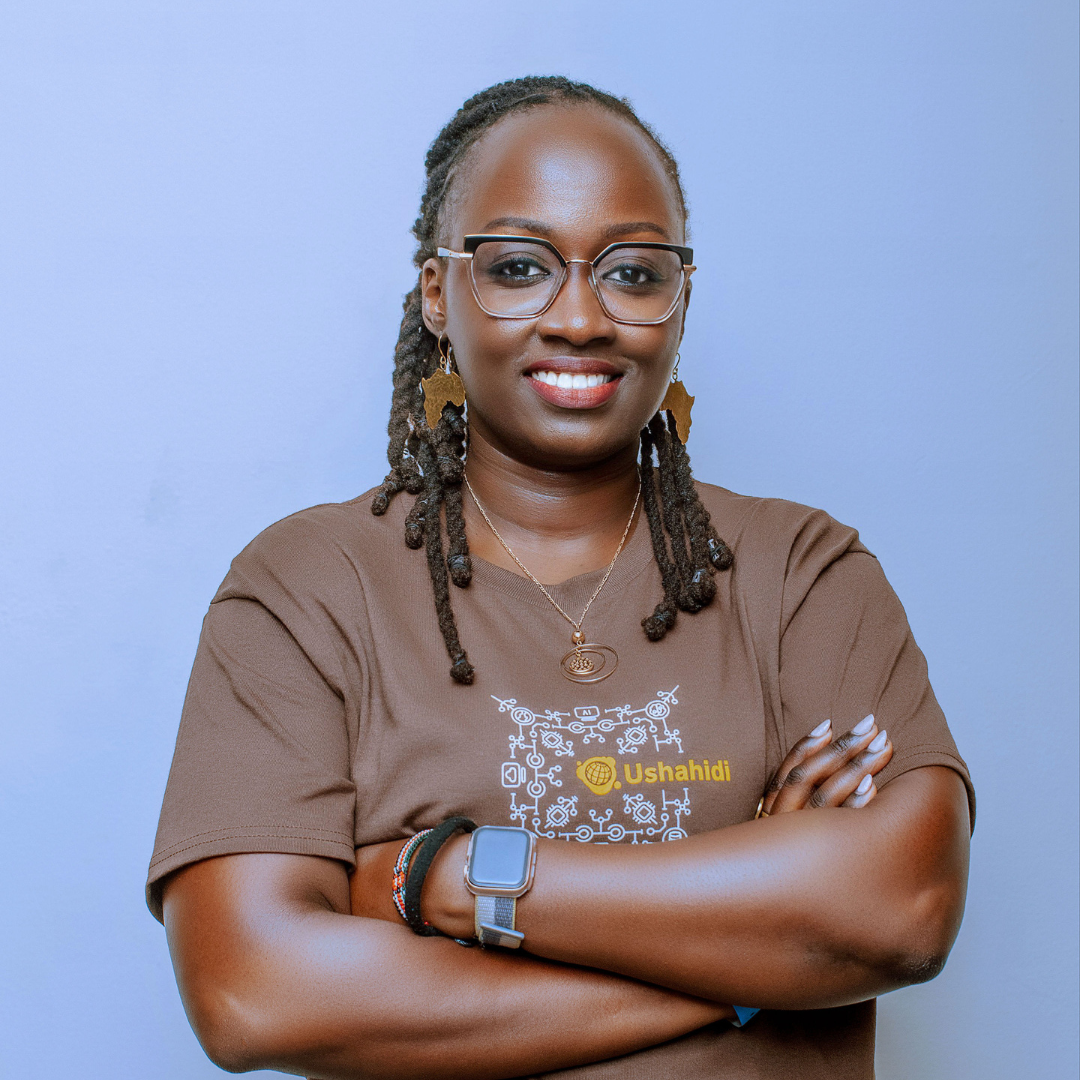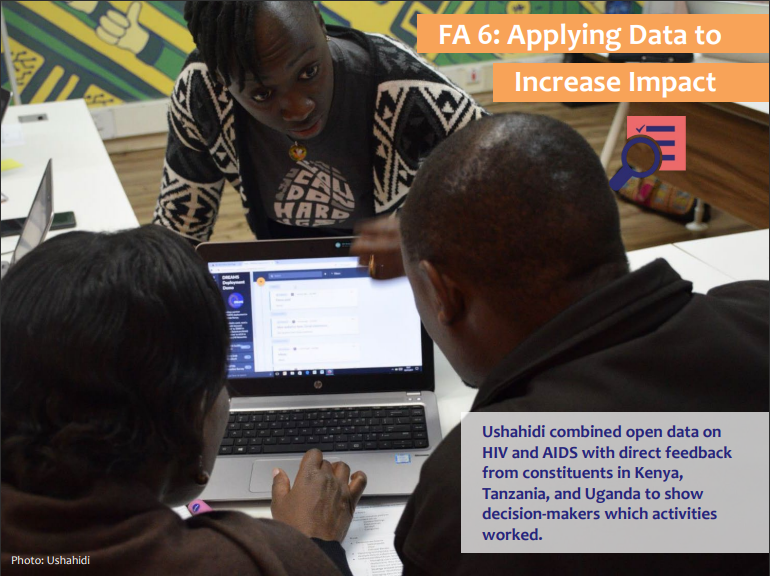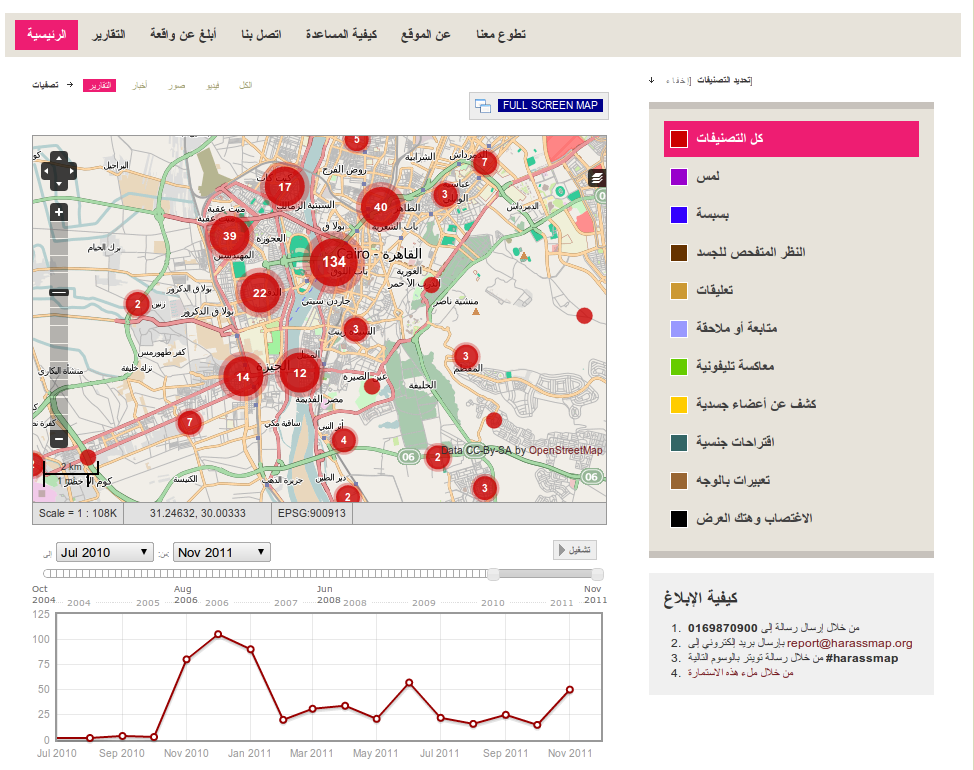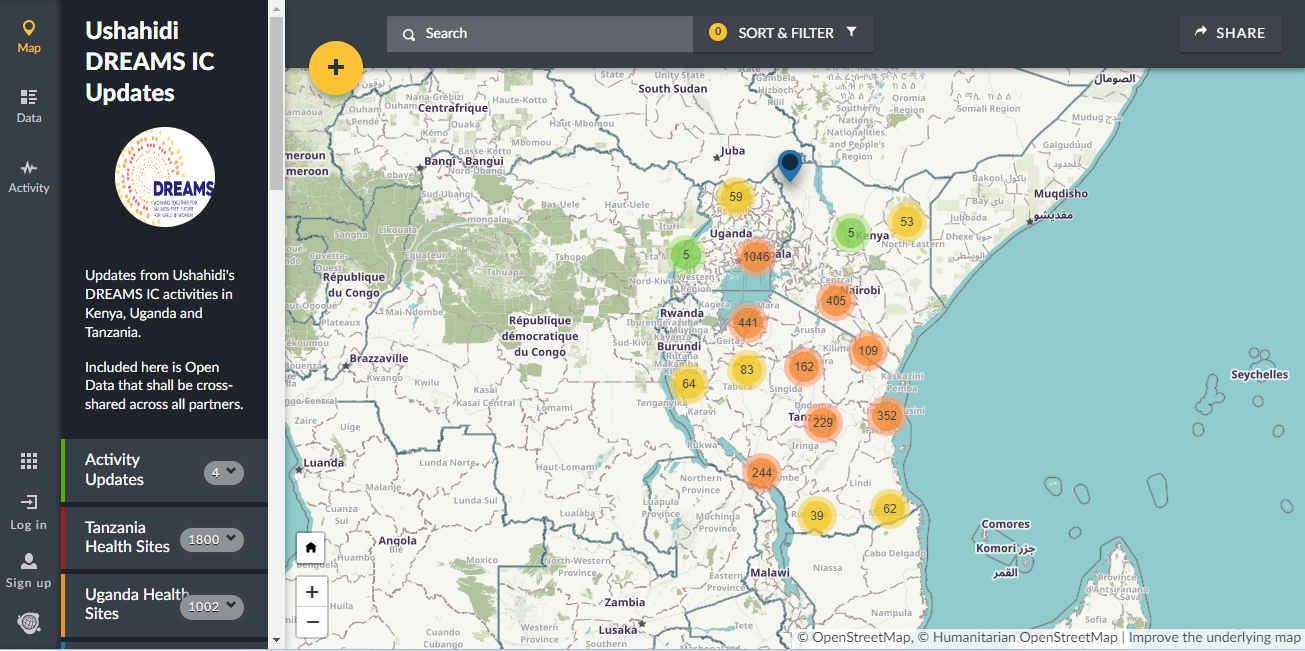In search of data equity

Mar 31, 2023

Data is critical for decision-making. And decision-making should be representative of the needs of those it is meant to serve. The premise of Ushahidi’s work since its inception is raising the voices of marginalized groups to ensure that their lived experiences influence the change they want and need to see in the world. For over a decade, we’ve argued (and proven) that insights from ordinary citizens and their collective intelligence help to provide a richer understanding of some of the world’s most pressing issues.
Here’s a recent case study from a climate action project we worked on in partnership with GSMA and World Vision that powerfully illustrates this. In an attempt to understand some of the underlying issues surrounding climate change in Tana River County in Kenya, a place prone to severe drought, we asked residents to tell us about their economic activities. This surfaced a paradox in a local tax ordinance where tree nursery farmers were getting taxed higher than charcoal sellers, an insight into an economic activity driving climate change that would not have been immediately obvious until it surfaced through residents’ feedback.
Our Theory of Change
Our goal is to raise an additional 20 million voices by 2026. How? Here’s our three-part hypothesis: -
- Part 1: We (Ushahidi) ensure that we build fit-for-purpose technology and provide strategic support and expertise to mission-aligned partners who need our tools to raise citizen voices.
- Part 2: These mission-aligned partners use Ushahidi tools to collect data from marginalized groups and use it to advocate for change or influence policies and decision-making.
- Part 3: Transforming data into information and then into knowledge leads to the systems-level change we’re seeking:
- Marginalized groups become and feel more included in decisions that affect them.
- Organizations become more effective due to access to relevant data.
- Policy development and change are data-driven and more inclusive.
- The open-source movement continues to grow and take root in ensuring that data and technology are accessible to all.
While we’ve been largely focused on Part 1, we’ve been critically thinking about what more Ushahidi could do to support Part 2 and Part 3 of our theory of change. It’s becoming increasingly clear that there needs to be a more significant focus on extracting timely insights to derive value in our quest for social change. And so, that has led the team and I to think critically about supporting that timely extraction of insights, starting from answering the question: What does marginalization mean in the first place?
We can discuss and illustrate various degrees of marginalization/vulnerability from use cases over the past 14 years of Ushahidi’s history, such as the social and economic, geographic, and physical ability, and many more.
As we close out women’s history month, I am spotlighting marginalization and inequity along gender lines and what we need to do about it from a data standpoint.
1. The Gender Data Gap
Most of the data that serves as the basis for organizational, policy (local, national, regional, and international), and medical decisions fail to consider women and treat men as the default.
In her book, Invisible Women: Exposing Data Bias in a world designed for men, Caroline Priado Perez illustrates the dangers of ignoring half of the world’s population through well-researched case studies. The gender data gap perpetuates systemic discrimination, creating a pervasive but invisible bias that profoundly affects women’s lives.
For example, research has shown that women are more likely to be misdiagnosed after a heart attack, according to research from Leeds University. Why? Heart failure studies typically use male participants, and some doctors have been trained based on medical textbooks and case studies that depict heart attacks in men.
Perez makes a compelling case on why failing to collect gender-disaggregated data, effectively excluding women’s experiences, costs time, money, and lives.
2. Filling the gap, to some extent
Several projects we’ve enabled in the last decade of Ushahidi’s work have made great strides to surface matters affecting women.
Harassmap remains one of my favorite examples of the power of raising voices to influence change. They began work in 2010 on a Ushahidi-powered map to track sexual harassment against women in Egypt. They inspired many other Harassmap-inspired initiatives in countries like India (Safe City), Bangladesh, Pakistan, Syria, Algeria, Kenya, Yemen, Lebanon, and many others.

Credit: https://visualisingadvocacy.org/node/613.html
The DREAMS Innovation Challenge (2016 - 2018) goals were targeted at adolescent girls and young women, with a specific focus on using data to influence a reduction in HIV prevalence through projects seeking to provide access to essential medicine, provide bridges to employment and keep girls in school. The use of data helped the program reach 108,166 young girls and women across East Africa through the Ushahidi platform to facilitate decision-making.

Through the Making every woman and girl count program, UN Women notes that data and statistics are critical tools used to draft and implement community policies and programs. Women Count seeks to produce and use gender data to fill the gaps that hinder the ability to adequately inform and monitor laws, guidelines, and policies on women's empowerment and gender equality.
These are all powerful examples of using data to ensure women are seen and heard. And I think there’s more that we could do.
3. Closing the gap: The opportunity
There’s strong value in applying a gender lens to all challenges facing the world today, as is evidenced in “Invisible Women.” And that has challenged the team and me to think critically about extracting the same value while attempting to create meaningful change by raising voices across the human rights, good governance, and crisis response sectors.
As a start, we think that disaggregating data by gender on the platform could help to further surface disparities to inform interventions. What would we discover if we were to go back to the Tana River Case study, and interrogate the feedback further, broken down by gender? Could there be other drivers for using charcoal, influenced by how women manage and take care of their homes? Right now, we don’t know. But imagine if we did, and what that would mean for organizations working to support communities in that region.
And then extrapolate this kind of thinking to good governance and how the Kenyan (‘22) and Nigerian (‘23) general elections played out. What would we discover about the state of democracy in these two regions and the role women play? Would there be value in interrogating the driving forces of the spread of dis/misinformation during elections with a gender lens? How would that influence the fight against dis/misinformation?
In short, we’re asking ourselves critical questions across all social impact areas of focus we operate in and how it will influence how we build our tools to support the generation of these kinds of insights. What would the Ushahidi platform data model need to look like? How does this influence our existing data protection and privacy modules in our technology tools?
We don’t know all the answers, but we are committed to going down this path of discovery in search of data equity and inclusion of the world’s most vulnerable groups in critical conversations. And this is just a start. We’d love to talk to you if this interests you to build, partner, or support. Reach out: comms@ushahidi.com